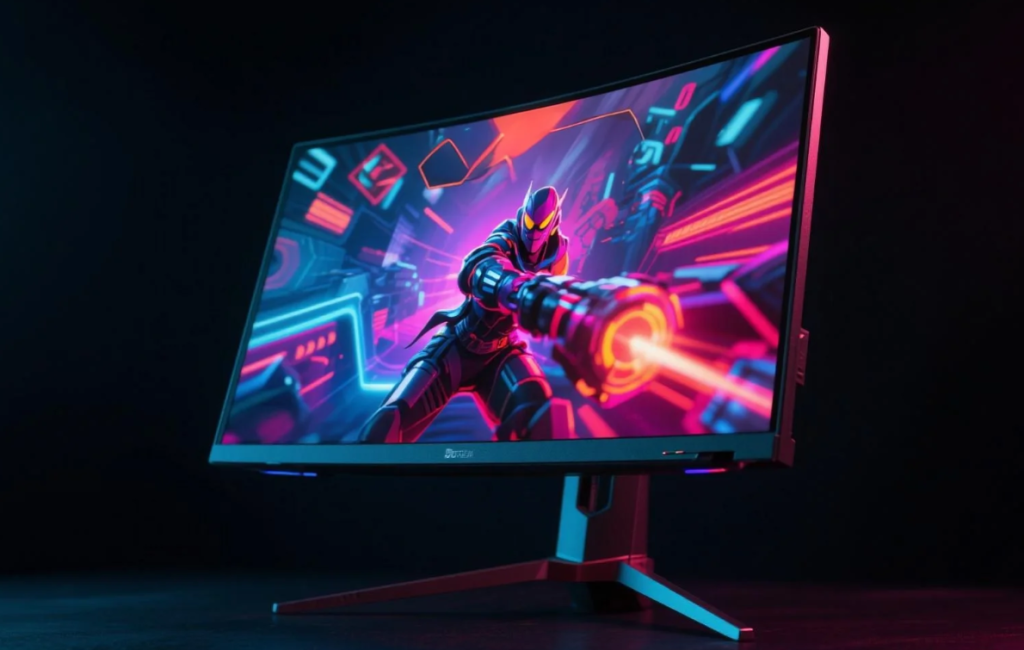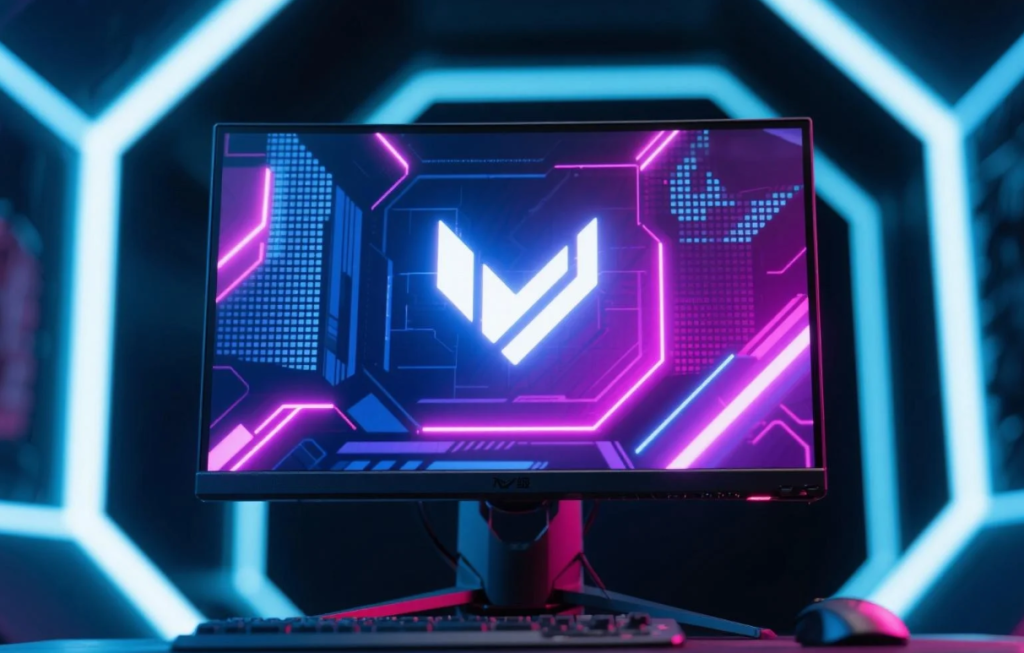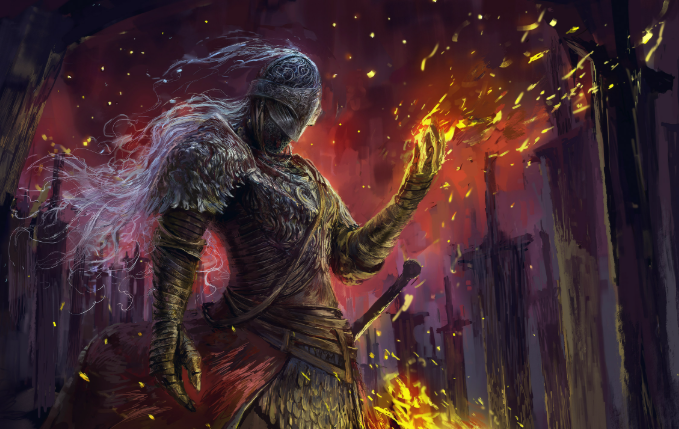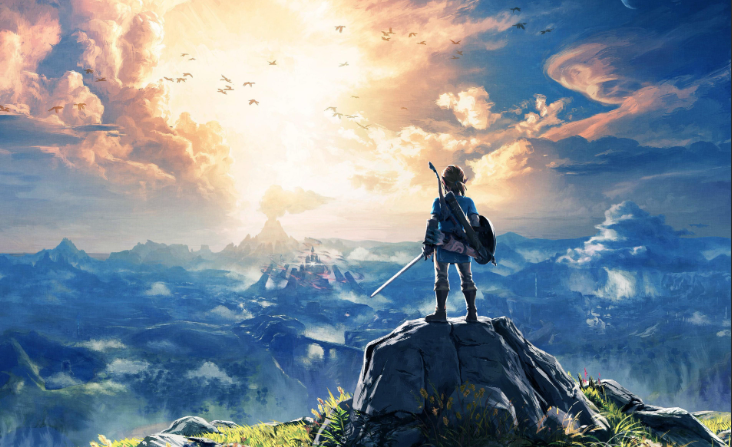
When it comes to game streaming, most people immediately think, “Do streamers all have high-end PCs?” Well, that’s true to some extent—good hardware is the foundation. But setting up a streaming rig isn’t just about throwing money at expensive parts. Getting the right balance and fine-tuning your software is what makes the difference between smooth streams and frustrating lag.
My friend Jake recently jumped into streaming, and hearing about all the trials and errors he went through made me realize it’s worth sharing a down-to-earth guide on building a streaming PC and setting up OBS to help others avoid the usual pitfalls.
Jake was just a regular gamer until one day he got the itch to start streaming. The first thing on his mind? The PC specs. Streaming and gaming at the same time demand serious hardware muscle. At first, he looked at prebuilt “streaming-ready” machines but quickly got sticker shock. So, he decided to build his own setup. Picking parts, he found, was a bit like grocery shopping—you want good quality, but without blowing your budget.
The CPU is the heart of the matter because it handles video encoding during streams. A strong processor means your stream won’t choke while you’re gaming. Jake went for an AMD Ryzen 7 5800X—a powerhouse that can handle both gaming and 1080p streaming without breaking a sweat. If you’re on a budget, something like a Ryzen 5 5600X or an Intel i7 works well too.
Next up, the graphics card. This determines how smooth your game runs and how pretty it looks on stream. For less demanding games like League of Legends, a mid-range GPU like the NVIDIA RTX 3060 is plenty. But if you’re diving into heavy hitters like Cyberpunk 2077, you’ll want something beefier, like an RTX 3070 or higher. Jake mainly plays Overwatch and PUBG, so he picked an RTX 3070 and has zero complaints about performance.
Memory is another must-have: 16GB of RAM is the sweet spot. Jake started with 8GB and ran into annoying slowdowns, but upgrading to 16GB smoothed everything out. And don’t skimp on storage—a solid state drive (SSD) for your system and games makes loading times lightning fast. Jake’s got a 1TB NVMe SSD for everything, which means booting up and loading games happens in seconds.
Hardware sorted, it’s time to talk software—specifically OBS Studio, the go-to free tool for streaming. It’s powerful, but the interface can overwhelm newbies.
Jake’s biggest struggle with OBS was finding the right balance between bitrate and resolution. He tried streaming at 1080p full HD, but his internet connection couldn’t keep up, causing lag and pixelation. After some trial and error, he settled on 720p with a bitrate of 3500 kbps—crisp enough and stable on his network.
Bitrate is the secret sauce; it controls how much data your stream sends out. Your upload speed sets the limit here—too high, and your stream buffers; too low, and quality suffers. Jake’s upload speed is about 20 Mbps, so allocating roughly half that for streaming works well.
Another game changer is encoder choice. Nvidia GPUs support NVENC hardware encoding, which offloads video processing from the CPU, freeing it up to run your game smoothly. Jake initially used the CPU encoder (x264) and his stream would stutter badly. Switching to NVENC made everything buttery smooth.
Frame rate and resolution need to go hand in hand too. Streaming at 30 fps and 720p is fine for limited bandwidth, but if your connection and PC can handle it, 60 fps at 1080p looks way better—especially for fast-paced games. Jake noticed a big difference in stream quality and viewer engagement after bumping up to 60 fps.
Before going live, Jake customized his scenes in OBS: main game capture, webcam in the corner, chat overlay, and subscription alerts. These little touches keep the stream engaging. Adding sources like “Display Capture” or “Video Capture Device” in OBS is pretty intuitive once you get the hang of it.
Sound quality is just as important, so Jake invested in a USB microphone—way better than his headset mic. His streams have a chill vibe, sipping coffee and chatting casually with viewers, which really helps build a community.
Streaming isn’t just about the gear—it’s about patience and constant tweaking. Jake told me every time he fixed one problem, the stream got better. He started off streaming on his phone with choppy video and a tiny audience. After upgrading his setup and mastering OBS, his viewership exploded—even old friends tuned in regularly.

If you want to start streaming, here’s the bottom line: figure out your budget and needs, invest in a solid CPU and GPU combo, get at least 16GB RAM and an SSD, then dive into OBS settings that suit your internet speed. Remember, no matter how powerful your rig is, without decent upload speed your stream will suffer.
One last tip: test everything before you go live. OBS lets you record locally—use this feature to check your audio and video quality first. Jake often records test clips and has friends watch them to give feedback, which really helps polish his stream.
Streaming is more than just showing off your gameplay skills—it’s sharing your passion and life with others. With the right setup and some know-how, you’ll build a smooth, enjoyable stream that draws viewers in. Hopefully, Jake’s journey gives you a head start. Pick your gear wisely, get comfortable with your software, and watch your streaming dreams take off. Good luck, and may your channel grow like wildfire!
![]()

